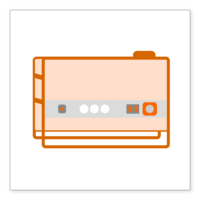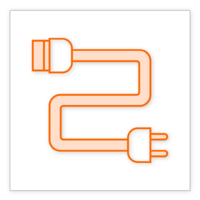
The Many Roles of Pump and Power Equipment on Jobsites

The Many Roles of Pump and Power Equipment on Jobsites
Reading time: 5 min 30 sec
Introduction to Pump and Power Equipment
Pump and power equipment is crucial for both efficiency and effectiveness on construction projects. This category covers a wide range of equipment types, each designed to facilitate the building process.
But what exactly falls under the umbrella of 'pump and power equipment?’ Essentially, this category includes various types of pumps, generators, air compressors and other hydraulic and pneumatic devices that provide the necessary energy or fluid movement for construction projects. These tools don’t just power jobsites or move fluids; they enhance productivity, reduce downtime and ensure that projects stay on schedule.
Understanding the functions, maintenance and common troubleshooting issues of pump and power equipment can help fleet owners maximize their machines’ lifespan and utility on the job. In this guide, we’ll equip you with the knowledge you need to manage pump and power equipment on construction sites, helping you boost the productivity of your operations.
An Overview of Pump and Power Equipment Types
Pump and power equipment on construction sites cover a wide range of machines, each tailored for specific tasks. Here are some of the major categories within this segment, including their uses and capabilities on a jobsite.
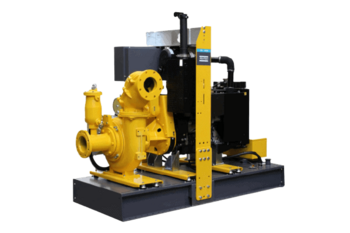
Centrifugal Pumps
Centrifugal pumps are used to move water or other fluids by converting rotational kinetic energy to hydrodynamic energy. These pumps are ideal for applications requiring water transfer over large distances or heights. They are often used in water supply tasks, HVAC systems and sewage treatment plants. The Atlas Copco PAS series features popular models, commonly used in highly demanding environments.
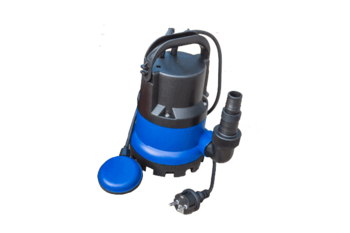
Submersible Pumps
Designed to operate while submerged in fluid, submersible pumps are crucial for dewatering and deep well drilling. They prevent pump cavitation, an issue associated with a high elevation difference between pump and fluid surface. Submersible pumps like the Wacker Neuson PS2 800 are popular due to their efficiency and ability to handle liquids with high solid content.
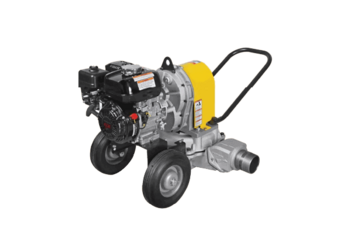
Diaphragm or Trash Pumps
These pumps are designed for jobs that involve liquids containing a substantial amount of solids. Diaphragm pumps work using a flexible diaphragm that moves up and down to create a chamber for fluid movement. Trash pumps, on the other hand, are capable of handling debris-filled water common on construction and agricultural sites. The Atlas Copco WEDA range is a popular choice for construction projects.

Generators
Generators are critical on construction sites that lack electrical grid access. They convert mechanical energy into electrical energy, providing a steady power source for tools and machinery. Generators must be powerful, efficient and easy to transport. Models like the Atlas Copco QAS 250 are popular for their versatility and durability on construction sites.

Light Towers
Light towers are essential for night-time operations, providing lighting for construction workers and large, outdoor events. They typically consist of powerful lamps mounted on a high tower. Wacker Neuson light towers are known for their easy setup and powerful illumination, making them a staple on many construction sites.
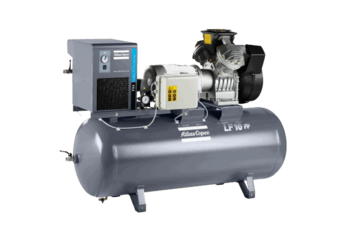
Compressors
Air compressors provide the compressed air necessary for many pneumatic tools, from jackhammers to painting equipment. They can deliver clean, controlled air. The Sullair 185 portable air compressor is a popular choice, known for its excellent performance.
Working in Tandem
These equipment types often work in tandem on construction sites. For example, generators power light towers for night work, while compressors run pneumatic tools for construction tasks. Submersible pumps can be used to remove excess water, cleared by trash pumps, helping centrifugal pumps efficiently transport clean water for the job site.
Maintenance and Troubleshooting
An effective maintenance plan is critical for ensuring the longevity and performance of pump and power equipment on construction sites. Regular maintenance tasks, like filter changes, oil and fluid checks, seal replacements and general inspections, are essential to avoid unexpected breakdowns and costly repairs.
For example, centrifugal pumps require regular impeller checks and lubrication of bearings, while generators demand consistent oil changes and fuel system inspections to ensure optimal performance.
Typical Signs of Wear
Typical signs of wear for these types of equipment include unusual noises, vibrations, reduced output and increased energy or fuel consumption. For pumps, worn seals or clogged filters might lead to decreased efficiency or failure to start.
Generators might show signs of wear through difficulty in starting, inconsistent power output or excessive smoke emissions. Light towers, on the other hand, may experience dimming lights or unstable bases.
Operational Issues
Common operational issues for this type of equipment include overheating, fuel inefficiency, hydraulic leaks and electrical failures. These problems often arise from neglected maintenance, harsh operating environments or simply the age of the equipment.
Regular inspections and adherence to a maintenance schedule are critical for preventing these issues and ensuring that pump and power equipment remains reliable on construction sites.
Key Components and Replacement Parts
When it comes to pump and power equipment, certain components bear the brunt of wear and tear, requiring frequent replacements to maintain proper functioning. Some common replacement components are seals, gaskets and filters.
Optimizing Pump and Power Equipment on Jobsites
Proper placement of pump and power equipment on jobsites not only enhances performance but also improves the equipment’s longevity.
For example, pumps should be positioned close to their water source with minimal bends and length in the intake hose to reduce friction losses and improve efficiency. Generators and compressors, on the other hand, should be placed on stable, flat surfaces and in well-ventilated areas to prevent overheating and to ensure adequate air intake.
Certain environments might require particular equipment alternatives. For example, in areas with frequent rainfall or a high risk of flooding, submersible pumps are preferable due to their ability to operate underwater. In contrast, environments prone to dust and debris might be better suited to diaphragm or trash pumps.
Final Thoughts
Pump and power equipment is key to the success of construction projects, dramatically boosting productivity on the job site. From handling water management to ensuring power availability, these machines are a critical part of modern construction projects.
To keep pump and power equipment running smoothly, frequent maintenance checks are essential. Regular inspections, timely repairs and the replacement of worn parts like seals, gaskets, and filters help prevent unexpected breakdowns and costly project delays.
The EquipmentShare Shop offers OEM and aftermarket replacement parts for top brands like Atlas Copco Power Technique and Wacker Neuson. Our dedicated collection pages make it easy to find the components that’ll help your equipment perform at its best. Don’t see the particular parts you’re looking for? Reach out to our dedicated parts experts to place a custom order.
Back to About Machines
Are you signed up for our newsletter?
We'll send you a monthly email covering everything from specialty parts to machine overviews, packed with tons of knowledge from our industry pros and no filler.
SIGN UP →



